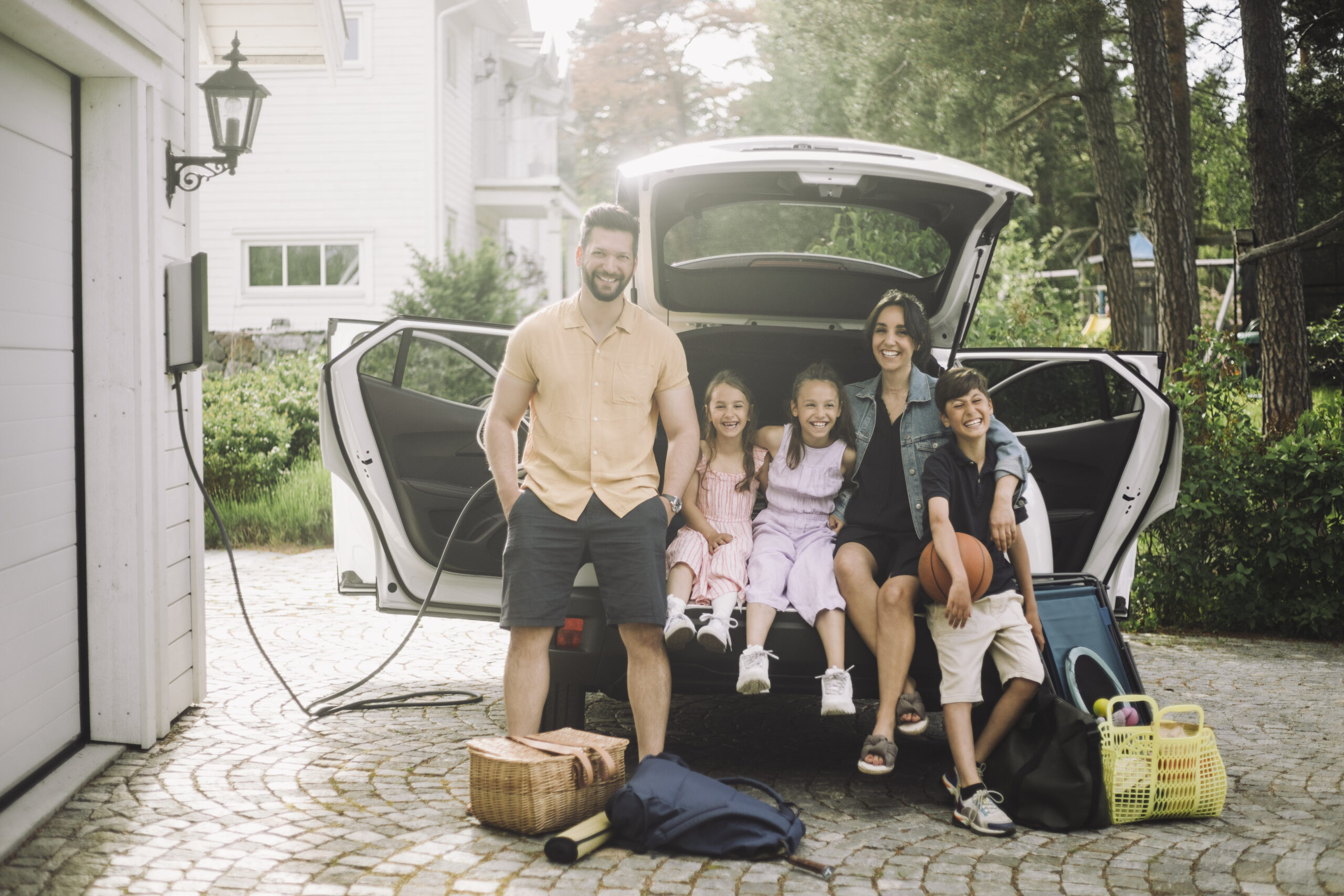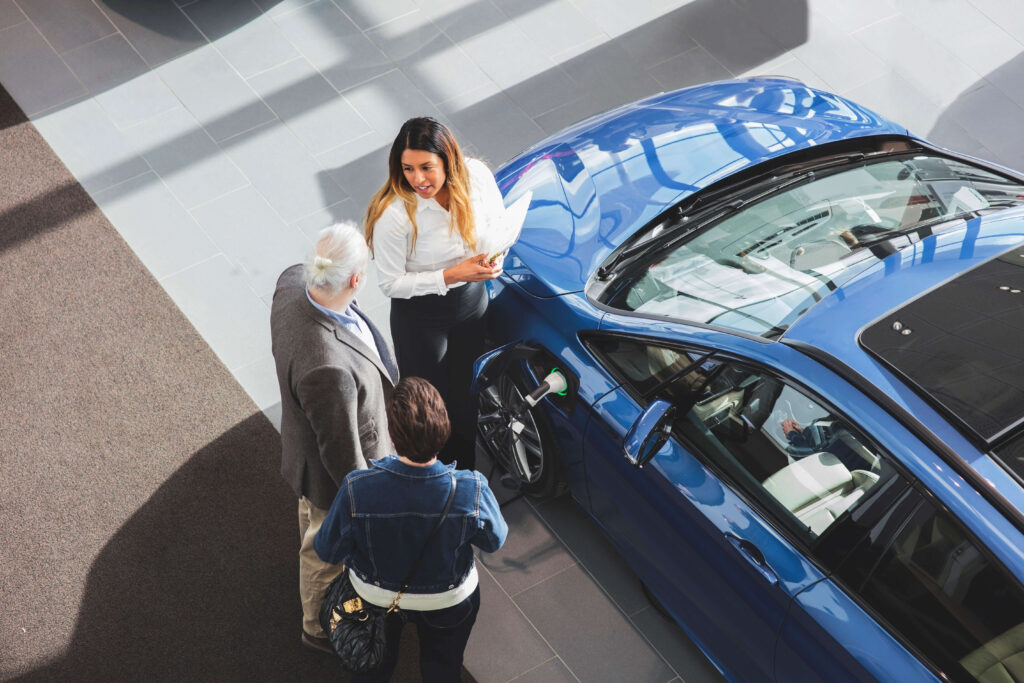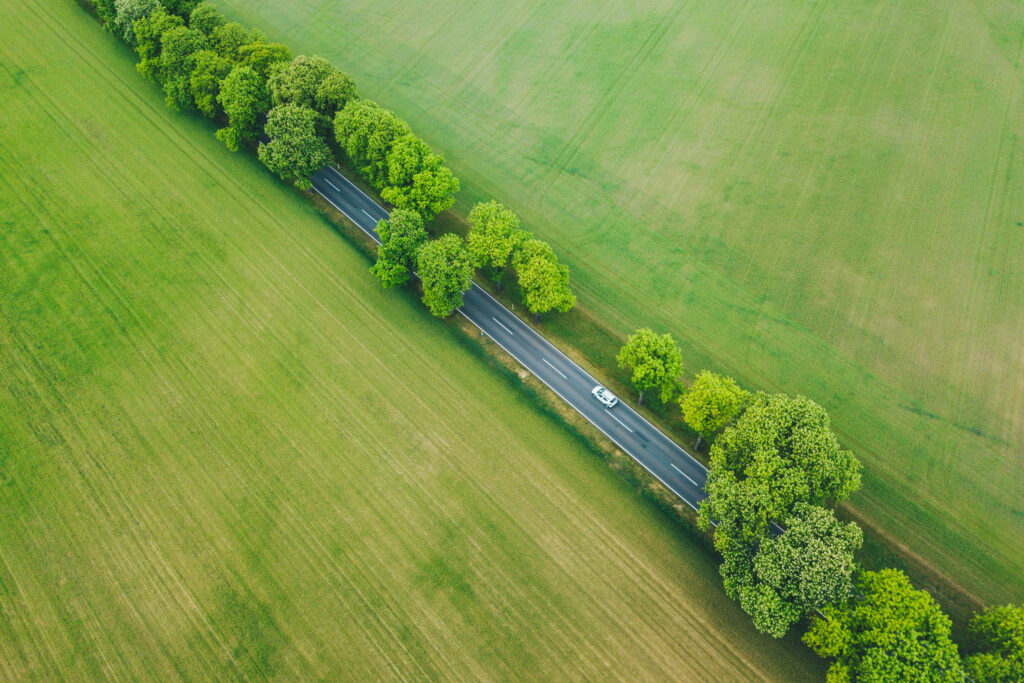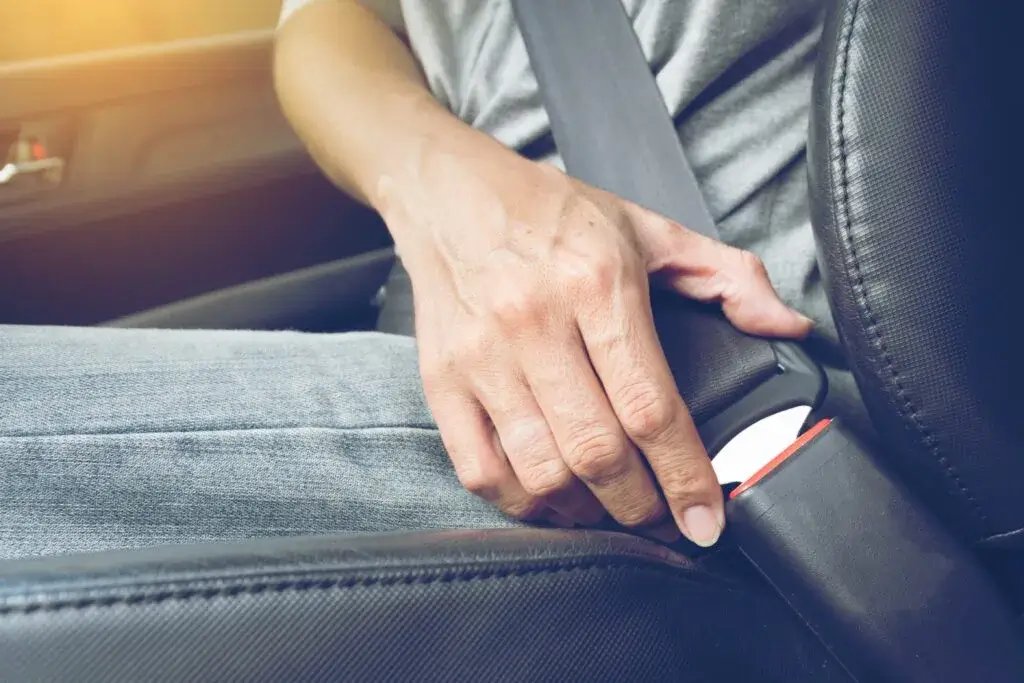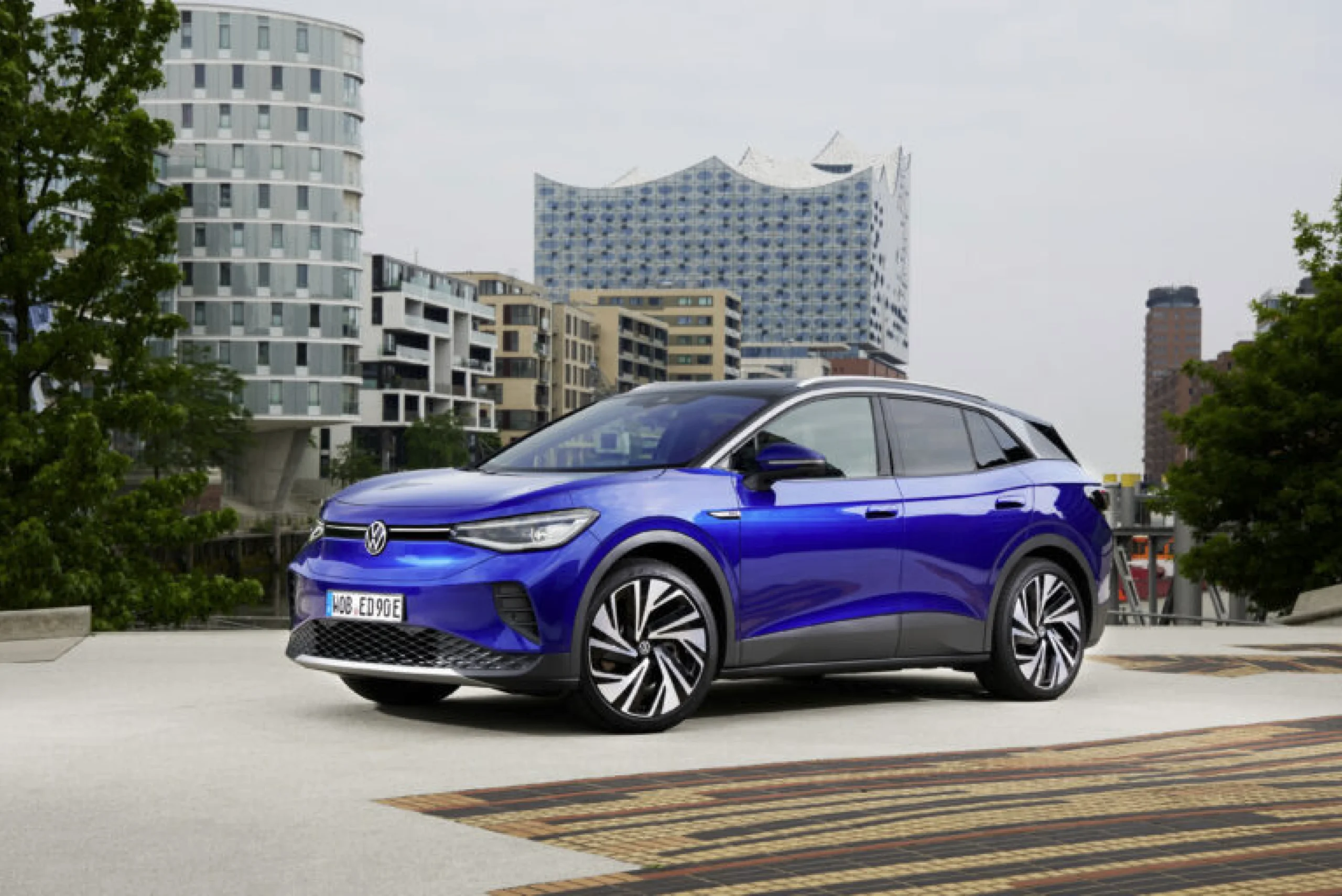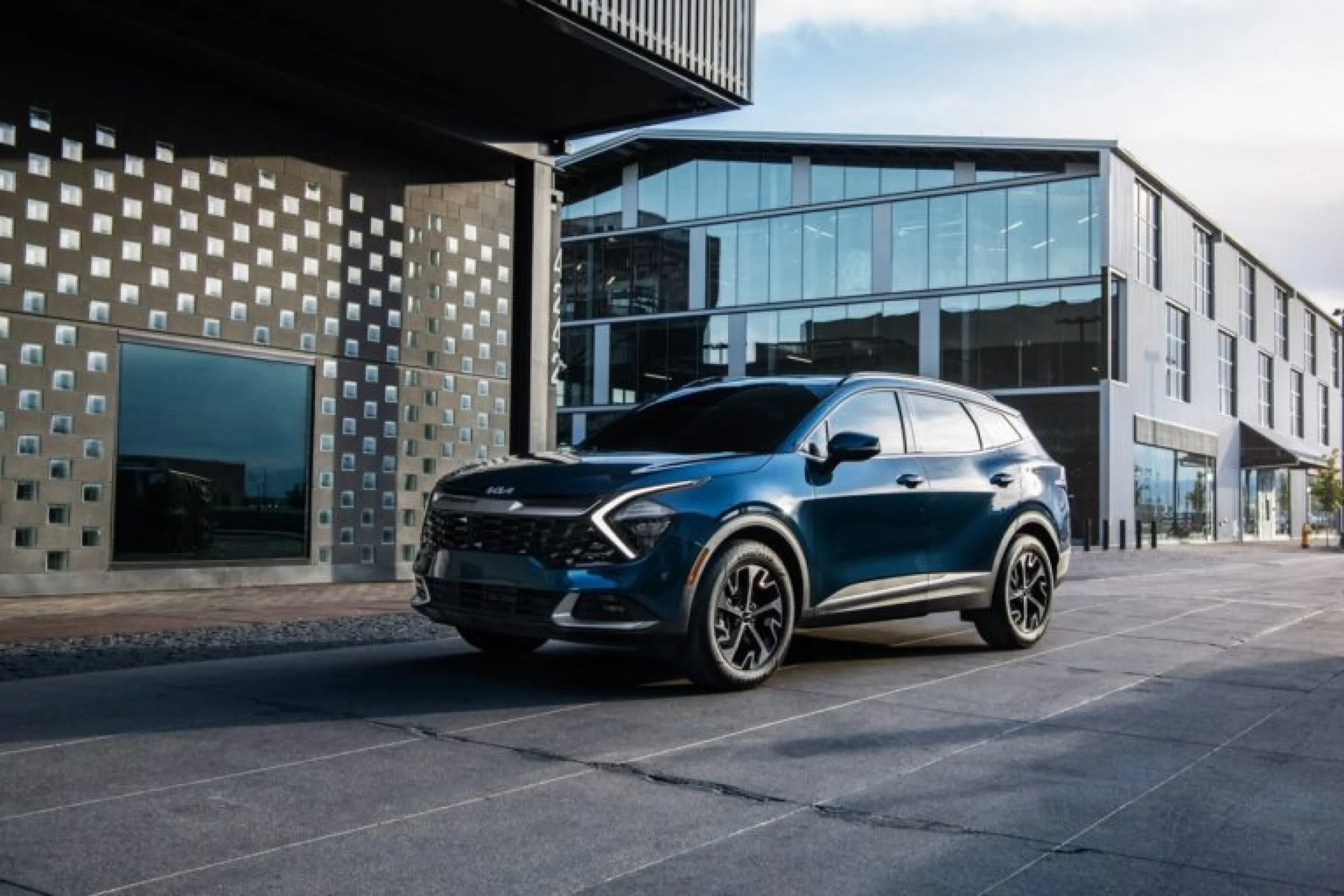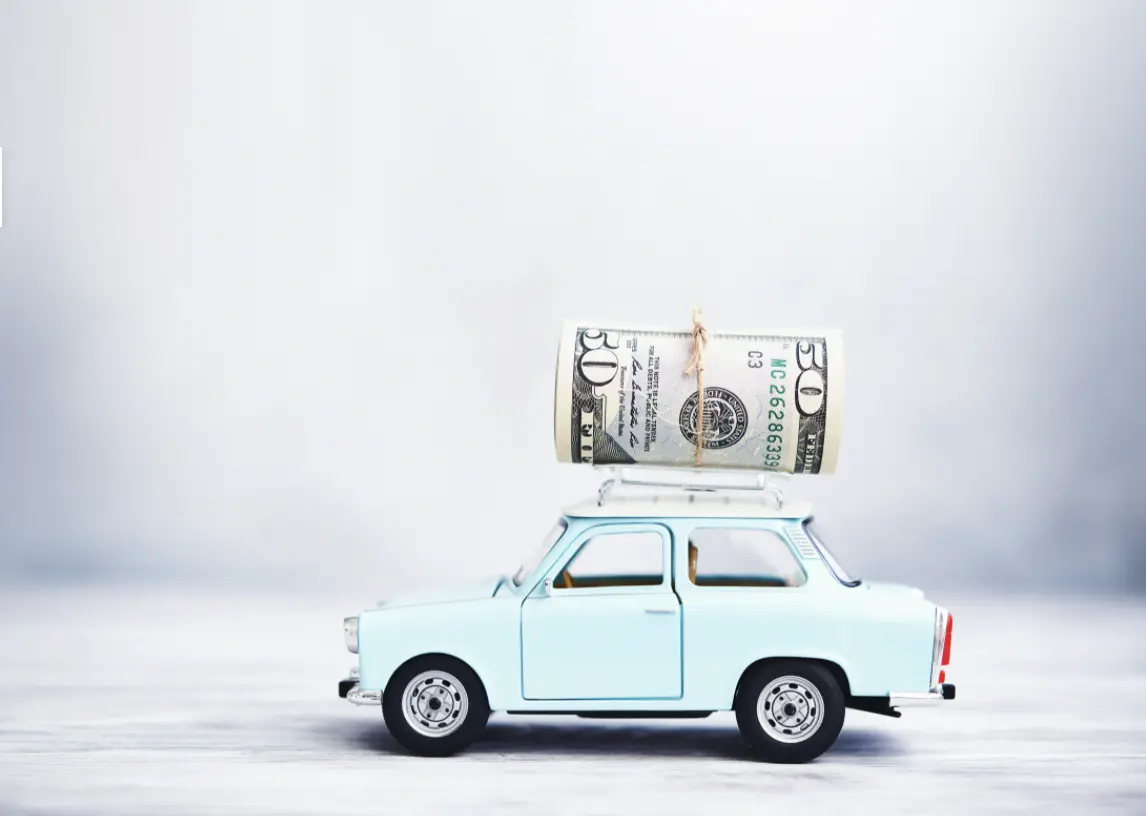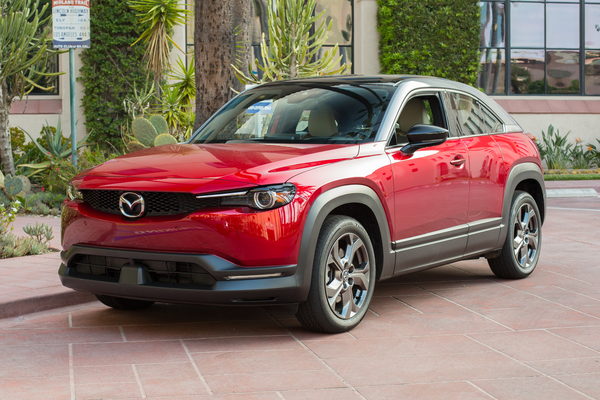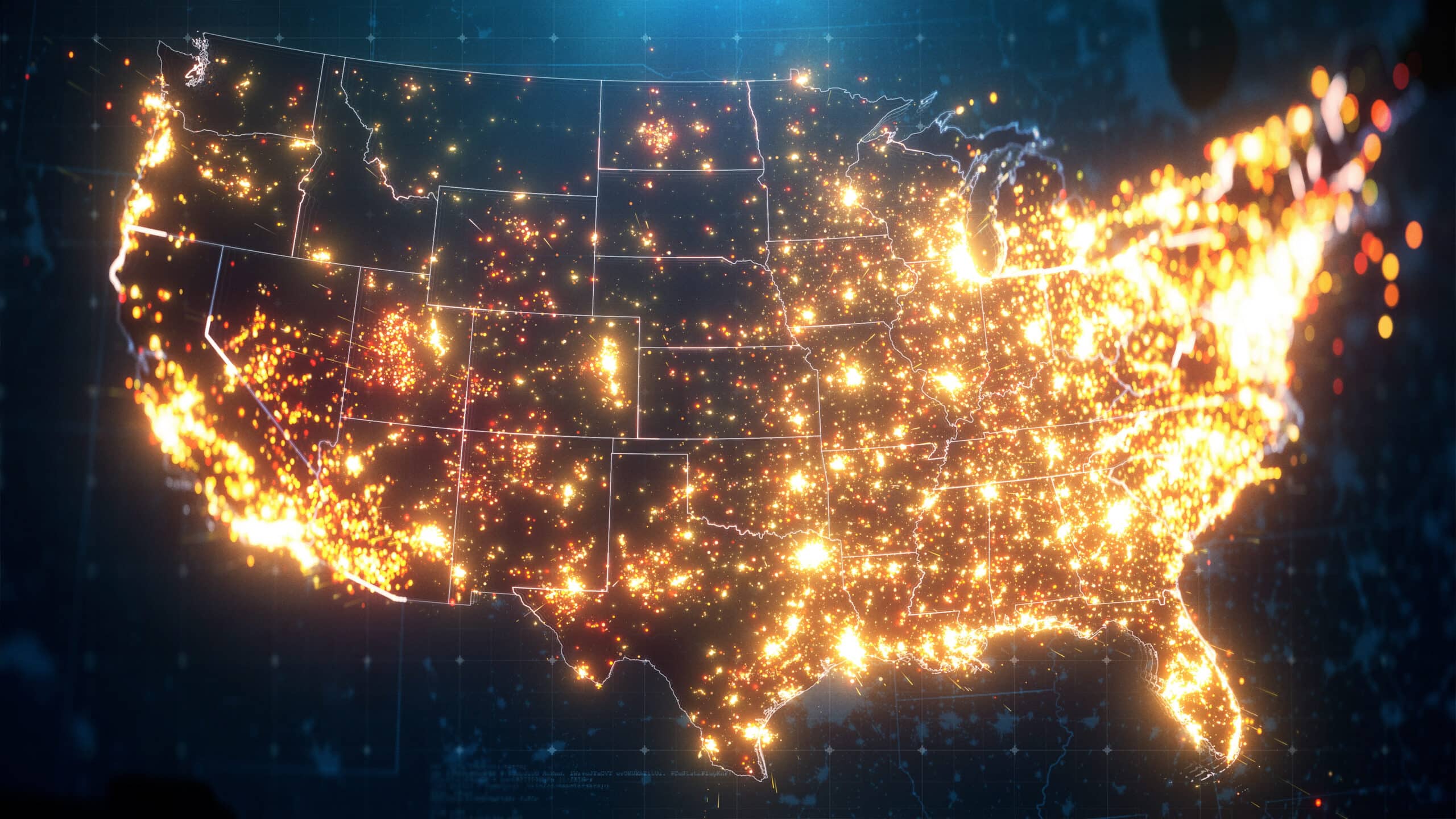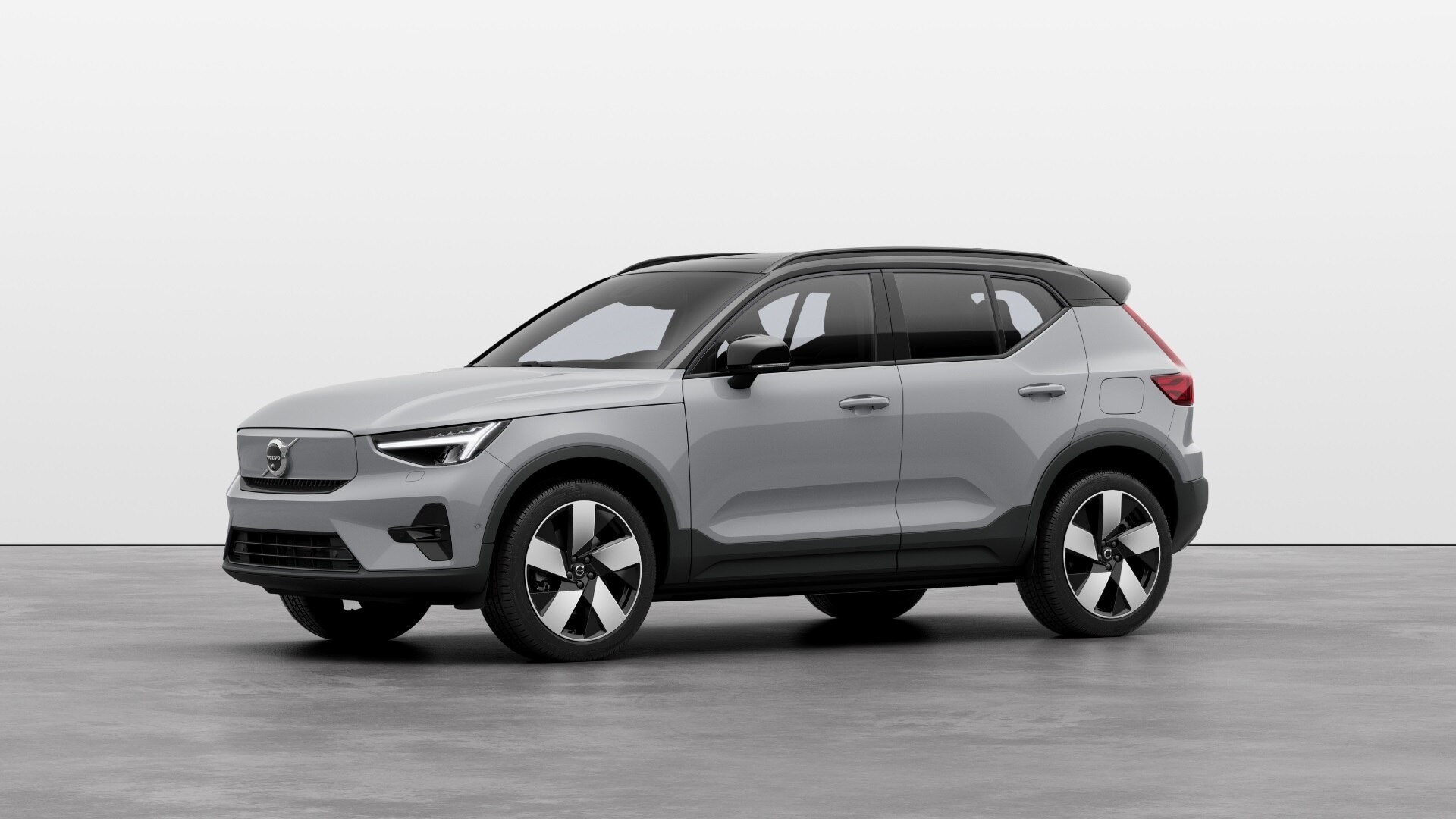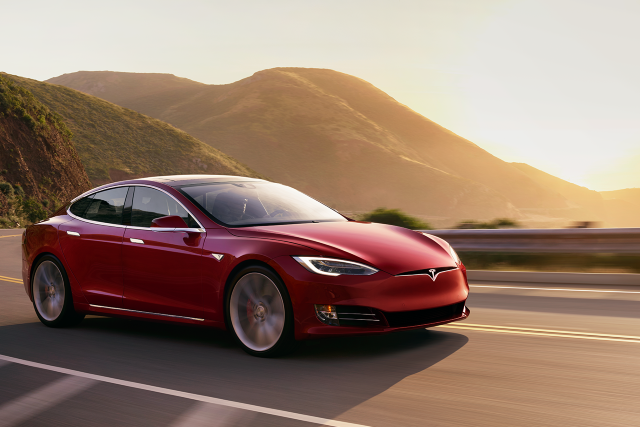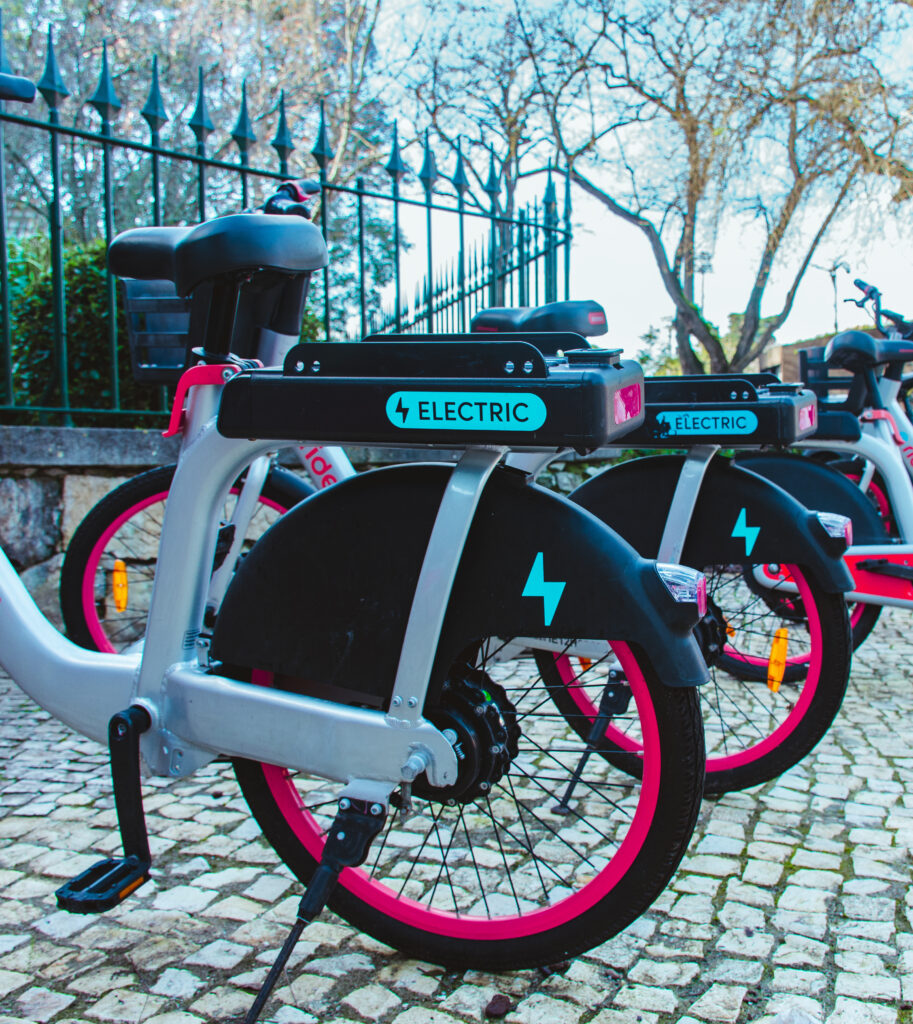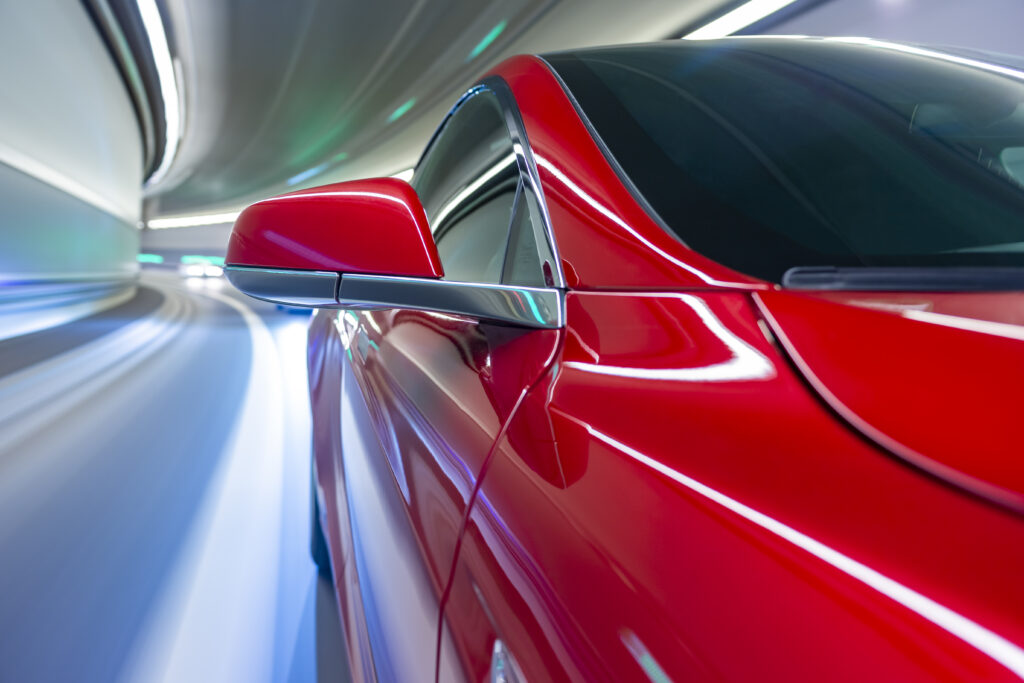

We are experiencing close to 40,000 people a year dying on our roadways in the United States. It’s unacceptable. We’re soon going to be putting out a new roadway safety strategy because part of this is going to be investments, but there are a lot of other tools in the toolkit: engineering, design and a bunch of other things we’re going to be doing, education.
Within the bill there are some incredible opportunities. First of all, The Federal Highway Administration just released their $52 billion in annual apportionments for the state Department of Transportations (DOT). The things they’re really focusing on – that they’re hoping state DOTs will prioritize in terms of formula dollars – are making sure our existing roads and bridges are in good condition and safe.
Then there are several very specific programs targeted at safety within the bill. One that I think is the most exciting is called Safe Streets and Roads for All. It’s a $6 billion program. It’s money that goes to local governments, counties, NPOs, tribes. A lot of very interesting roadway safety things are happening at the local level. A lot of cities have adopted Vision Zero and are doing a lot of local things on the ground. These are going to be funds particularly targeting areas where we see a lot of fatalities. One area we really want to work on is roadway safety in tribal areas. Unfortunately in the United States, there is a disproportionate number of crashes and fatalities in tribal communities.
Safe Streets and Roads for All will build on a lot of work that U.S. DOT has done and a lot of other DOTs around the country have done. We hope it’s going to be really innovative and impactful. There are a couple other programs. There’s a $1 billion SMART grant program to look at ways cities can use technology for roadway safety. There’s another $1 billion program for active transportation – making sure we’re focusing particularly on vulnerable roadway users like cyclists and pedestrians. I think this amount of resources and attention is really going to be transformative for roadway safety.
This is a part of the bill that has been a priority for the president and has been a huge centerpiece for the Biden administration. This administration is really committed to combating climate change, and I think you see that infused in policy work across the board.
Clearly one of the big priorities is to electrify the transportation sector. Transportation is the largest emitter of greenhouse gases. The bill contains $7.5 billion altogether, a network of 500,000 EV chargers, and then on the DOE side, $65 billion to do upgrades on the transmission system. The actual, physical charger is but a small piece of the whole electric transmission system you need to make this work. The exciting part for us at the DOT is the creation of a joint program office with the DOE. Traditionally our two agencies have not always worked that closely on a lot of things, but on EVs we’re going to have an incredibly close relationship so that we’re thinking through both the electrical infrastructure, the charging infrastructure, and standing up the program with private sector participation and industry participation to really make the owning and operating of an EV as easy as a combustion engine automobile.
Part of that that’s going to be our focus is designating EV corridors. Funding will go to states to start installing electric chargers and then we’re going to have a discretionary program as well. We’re particularly going to look at areas where the private sector is not going to jump to right away, either rural or low income, areas where public dollars can really make a big difference.
Parts of the country you might not expect have really started to show big leadership on EVs. Oklahoma, traditionally a fossil state but has also been a state that has taken an incredible leadership role in building out a statewide electric vehicle charger system. There’s some great state examples around the country but I think for DOT and DOE, this is going to be one of the most extraordinary, groundbreaking work we’re going to do and we really hope to make that transition to an electrified transportation sector something that really can happen within a number of years.
[There is legislation] being debated in congress on making the ownership of EVs financially viable with tax credits and other things for those who are purchasing a car the cost would be comparable. It is an incredibly important priority for us that EV charging infrastructure be broadly available to all Americans with a focus on equity communities.
One statistic I like to give is that this bill contains $66 billion overall for passenger rail. That is more funding than Amtrak has received in its entire 50-year history. It is beyond a generational investment.
The creation of the Northeast Corridor Commission brought together the U.S. DOT, the Federal Railroad Administration, all the key state DOTs from the northeast corridor states as well as the commuter rails — sort of all the key players that need to work together in the northeast corridor. They have spent a lot of years preparing for this moment, thinking through a whole suite of projects – how to sequence them in terms of dollars, in terms of where you put the work force. When you’re working on the rails you can’t just do everything all at once, you need to have a great sequence. A ton of groundwork has been laid for meeting this moment.
We’re now going to have $6 billion directly for northeast corridor investments, and we’re ready to spend it on some fantastic projects. Then there’s something called the federal-state partnership, which is going to be another $36 billion eligible for projects all over the country, but we think a good amount of those funds will also go towards the northeast corridor. As for the types of projects that Amtrak is looking at – you’ve heard a lot about the Hudson Tunnel but there’s also tunnel in Baltimore that predates the Civil War. So, there are some of those basic maintenance projects and then there are projects I think that are going to bring real time savings. If you’re someone who travels the northeast corridor in any mode, making train travel something that is more reliable and faster is a nice alternative for people. And if you are a driver, it’s going to get more people off the roads and onto rails.
In terms of the northeast corridor, this is sort of the moment we’ve been waiting for where good years of planning and intergovernmental work have been done, the dollars have arrived, and I think it’s going to be transformational.
The president has appointed former New Orleans Mayor Mitch Landreu to head up the administration’s implementation efforts for the entire bill. He has been giving that very question a lot of thought – how do we at the federal level work closely with states and local counties and tribes to both make sure all those entities are educated about the different programs and funding possibilities, and make this process as user friendly and non-bureaucratic as we can? The mayor wrote all 50 governors and gave them a preview of some of his thinking and asked them all to potentially appoint a statewide coordinator to help interface with the federal government on this very process.
We’re trying to work with states on what we think are some of the key administration priorities, but this bill also has by some estimates up to $200 billion in discretionary funds that will be available to states but also to local governments, airport authorities, transit agencies, a whole bunch of different entities around the country. The states will have a big hand in investing some of these dollars but we’re going to be working with all kinds of entities all over the country. A lot of the dollars will flow locally, which as a former local official I can say, I think will spur a lot of great investment and innovation.
Something Secretary Buttigeg has talked a lot about is looking for ways we can help knit communities where the interstate system has done real damage, has divided and isolated them, back together and reconnect those residents to jobs and opportunities.
The bill also is going to follow some key guidance that has been important for the Biden administration since day one. We have a big executive order on equity and a big executive order on something we call Justice40, we have one on climate change too. Focusing on those questions has been big for us from day one. If you look at our discretionary programs this past year like INFRA and RAISE, we made climate and equity big priorities. We made them things that we really looked for in the projects we awarded dollars to. Climate and equity are two of our big north stars, for DOT, safety is another big north star and it’s really infused our work since day one.
Money is already starting to go out the door. The FHA has already put out a $52 billion apportionment to the states, which is going to have the states jumpstarted. We’re starting to put out both grant awards. Coming this year, you’re going to start to see solicitations for some of our repeat and new grant programs.
I was in the Obama administration back when we did the Recovery Act. There was a lot of talk about things being shovel-ready, but the country was in a very difficult economic state and there really was an emphasis on getting dollars out the door, making sure we’re really stimulating the economy. We will be doing a tremendous amount of that with this bill, but we are always trying to make generational investments here. There are going to be some shovel-ready, but we want a lot of shovel-worthy. There will be projects we’re doing up front, but some are going to take some years. We want to make sure for the precious dollars that we’re being entrusted with, that we’re producing incredible results – that we’re building projects that are transformational, that are generational and that really meet the needs of communities all over the country.
AAA’s Recommendation: Whether you own an electric vehicle or a gas-powered car is up to you – and you should consider lots of factors in making that choice. No matter what type of vehicle you’re choosing, we recommend visiting a dealership, test driving one, and asking as many questions as possible to make an informed decision.
